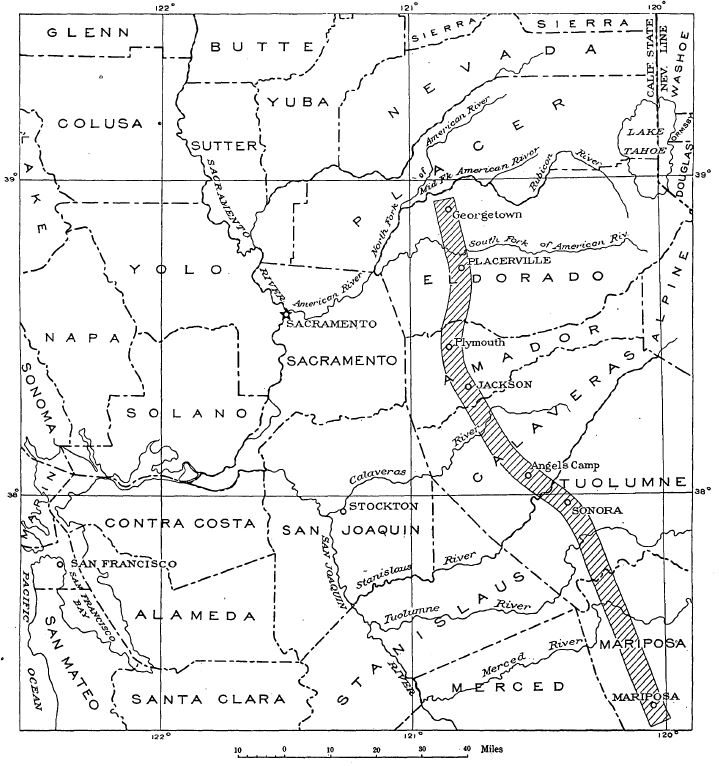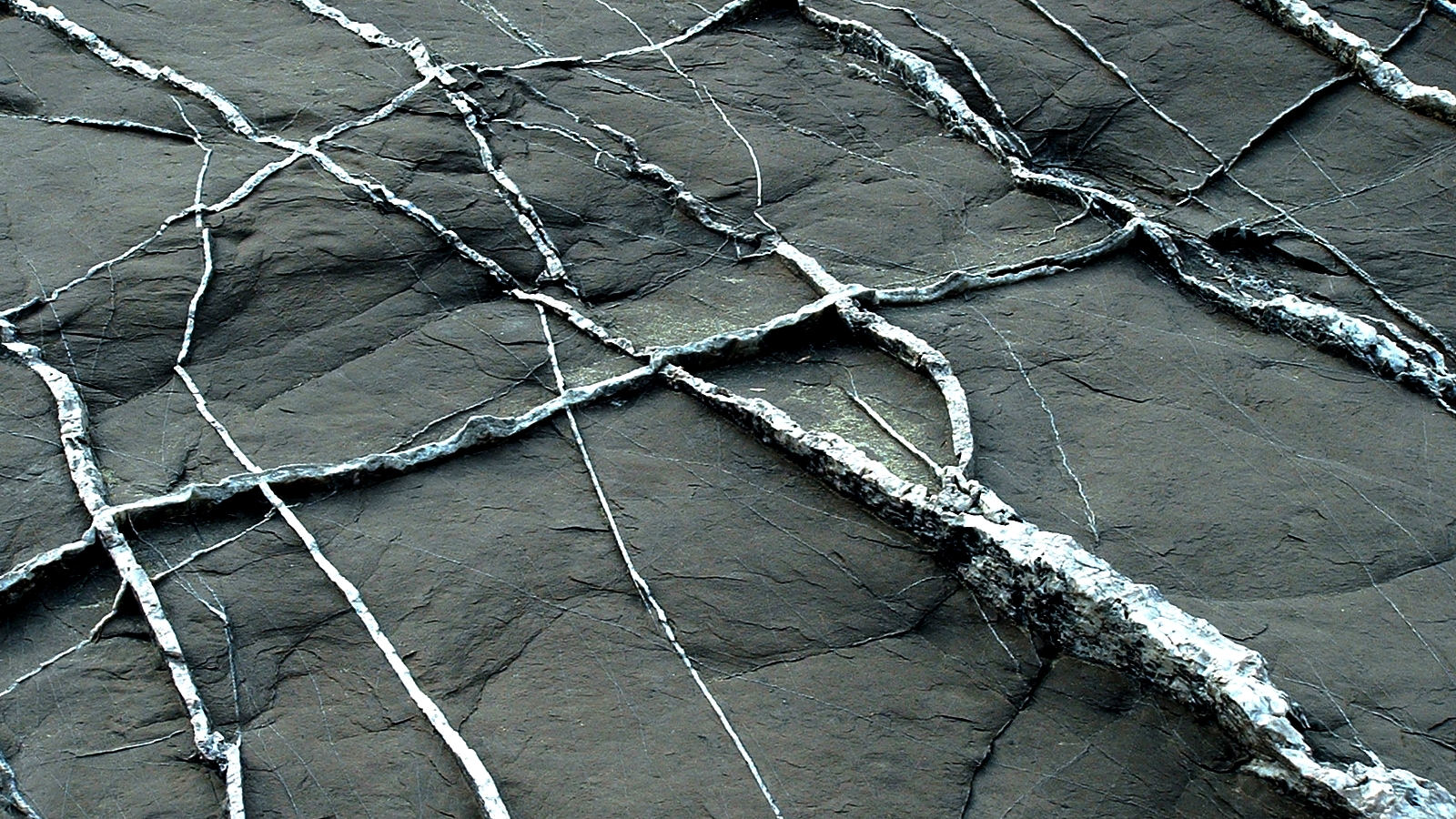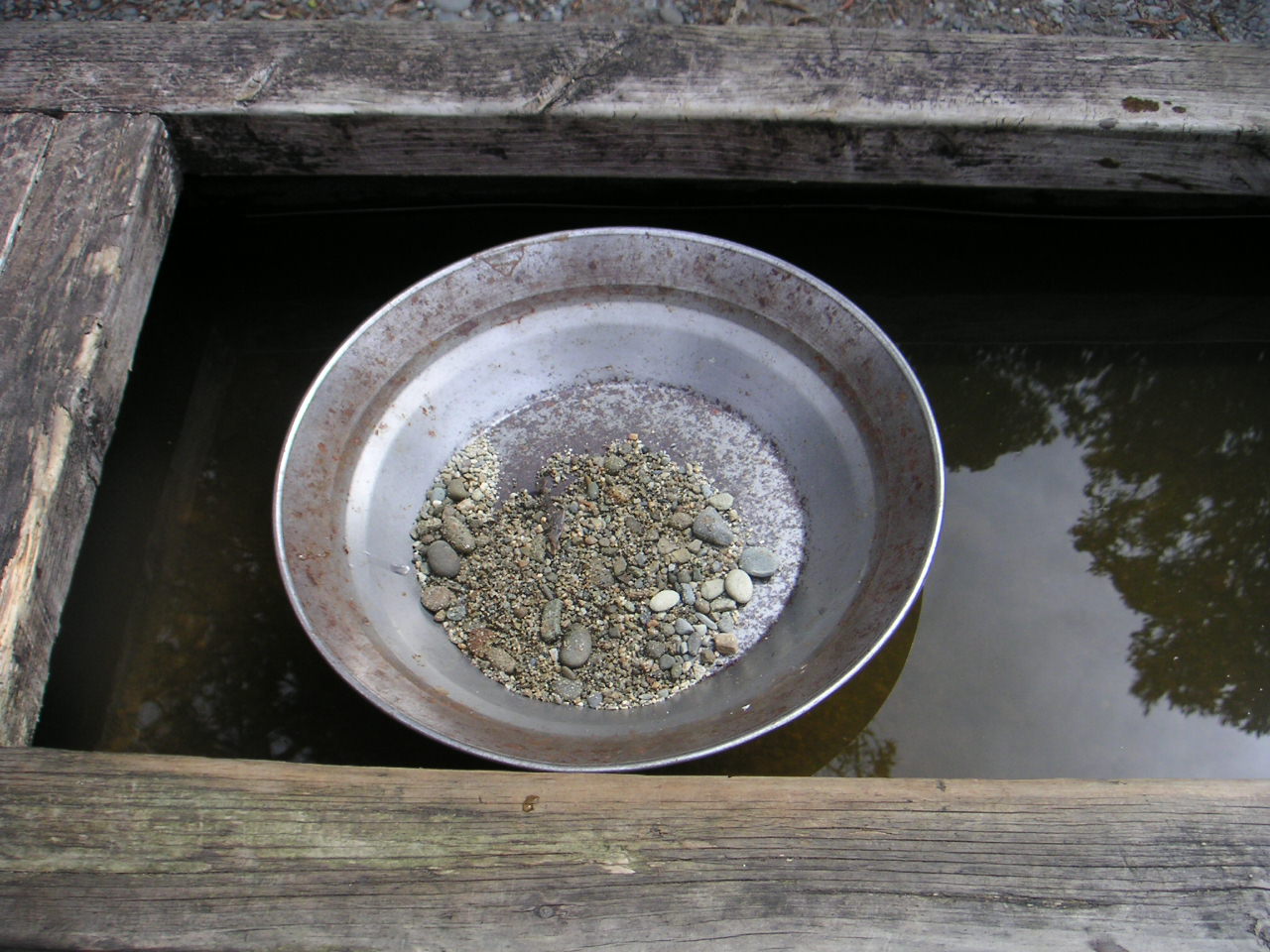|
Yellow Dust (film)
''Yellow Dust'' is a 1936 American Western film directed by Wallace Fox from a screenplay by Cyril Hume, John Twist, and John Francis Larkin. The film stars Richard Dix and Leila Hyams, with a supporting cast including Moroni Olsen, Jessie Ralph, Andy Clyde, and Onslow Stevens. RKO Radio Pictures premiered the film in New York City on February 22, 1936, with a nationwide release on March 13. Plot The film opens in the hills of California. Bob Culpepper is a college-educated man from Tennessee, who has chosen the life of a gold prospector. Culpepper witnesses veteran prospector Silas "Solitaire" Carter getting attacked by an intruder and comes to his defense. The fight results in the intruder's death and the two new allies decide to bury him. While digging for the grave, they discover a gold-bearing vein. They use the vein to calculate that there is a mother lode of gold in a nearby mountain. Eager to profit from their discovery, Carter and Culpepper head to the nearest ... [...More Info...] [...Related Items...] OR: [Wikipedia] [Google] [Baidu] |
Richard Dix
Richard Dix (born Ernst Carlton Brimmer; July 18, 1893 – September 20, 1949) was an American motion picture actor who achieved popularity in both silent film, silent and sound film. His standard on-screen image was that of the rugged and stalwart hero. He was nominated for the Academy Award for Best Actor for his lead role in the Academy Award for Best Picture, Best Picture-winning epic ''Cimarron (1931 film), Cimarron'' (1931). Dix appeared in 101 film roles, credited from his first appearance. Plagued by alcoholism, he died at 56, just two years after his film career had ended. Early life Dix was born Ernst Carlton Brimmer on July 18, 1893, in Saint Paul, Minnesota. He received his schooling there, intending to become a surgeon to please his father. Standing 6 feet and weighing 180 pounds, Dix excelled in sports, especially football and baseball. His obvious acting talent in his school dramatic club also led him to leading roles in most of the school plays. After a year a ... [...More Info...] [...Related Items...] OR: [Wikipedia] [Google] [Baidu] |
Andy Clyde
Andrew Allan Clyde (March 25, 1892 – May 18, 1967), was a Scottish-born American film and television actor whose career spanned some 45 years. In 1921 he broke into silent films as a Mack Sennett comic, debuting in ''On a Summer Day''. He was the fifth of six children of theatrical actor, producer and Stage management, manager John Clyde. Clyde's brother David and his sister Jean also became screen actors. Clyde may be best known for his work as California Carlson in the Hopalong Cassidy movie series. He is also known for recurring roles in two television series: the farmer Cully Wilson (Lassie), Cully Wilson in CBS's ''Lassie (1954 TV series), Lassie'' and as the neighbor George MacMichael on American Broadcasting Company, ABC's ''The Real McCoys''. Acting career Theatre and film At age 19, he toured Scotland with Durward Lely & Company, playing Connor Martin in the romantic Irish musical costume drama The Wearin’ o’ the Green. In 1912, Clyde first came to the Unite ... [...More Info...] [...Related Items...] OR: [Wikipedia] [Google] [Baidu] |
Victor Potel
Victor Potel (October 12, 1889 – March 8, 1947) was an American film character actor who began in the silent era and appeared in more than 430 films in his 38-year career. Career Victor Potel was born in Lafayette, Indiana in 1889, and his acting career goes back almost to the beginning of the commercial film industry in the United States. He made his first silent film in 1910, a comedy short filmed in Chicago by Essanay Film Manufacturing Company called ''A Dog on Business''. Potel continued to make films for Essanay, appearing in dozens of films every year, including most of the Broncho Billy series, and played a character called "Slippery Slim" in 80 movies. He also appeared in Universal Pictures' "Snakeville" series.Erickson, HaBiography (Allmovie)/ref> Potel's first talking picture was ''Melody of Love'', starring Walter Pidgeon, made for Universal in 1928, and in the sound era he continued to work continuously and constantly, playing small parts and sometimes unc ... [...More Info...] [...Related Items...] OR: [Wikipedia] [Google] [Baidu] |
American Film Institute
The American Film Institute (AFI) is an American nonprofit film organization that educates filmmakers and honors the heritage of the History of cinema in the United States, motion picture arts in the United States. AFI is supported by private funding and public membership fees. Leadership The institute is composed of leaders from the film, entertainment, business, and academic communities. The board of trustees is chaired by Kathleen Kennedy (producer), Kathleen Kennedy and the board of directors chaired by Robert A. Daly guide the organization, which is led by President (corporate title), President and CEO, film historian Bob Gazzale. Prior leaders were founding director George Stevens Jr. (from the organization's inception in 1967 until 1980) and Jean Picker Firstenberg (from 1980 to 2007). History The American Film Institute was founded by a 1965 presidential mandate announced in the White House Rose Garden, Rose Garden of the White House by Lyndon B. Johnson—to establish ... [...More Info...] [...Related Items...] OR: [Wikipedia] [Google] [Baidu] |
Straitjacket
A straitjacket is a garment shaped like a jacket with long sleeves that surpass the tips of the wearer's fingers. Its most typical use is restraining people who may cause harm to themselves or others. Once the wearer's arms are in the sleeves, the person restraining the wearer crosses the sleeves against the chest and ties the ends of the sleeves to the back of the jacket, ensuring the arms are close to the chest with as little movement as possible. Although ''straitjacket'' is the most common spelling, ''strait-jacket'' or ''straightjacket'' are also used. Straitjackets are also called camisoles or strait-waistcoats. The effect of a straitjacket as a restraint makes it of special interest in escapology. The straitjacket is also a staple theatrical property, prop in magic (illusion), stage magic. The straitjacket comes from the Georgian era of medicine. Physical restraint was used both as treatment for mental illness and to pacify patients in understaffed psychiatric hospital, ... [...More Info...] [...Related Items...] OR: [Wikipedia] [Google] [Baidu] |
Western Saloon
A Western saloon is a kind of bar particular to the Old West. Saloons served customers such as fur trappers, cowboys, soldiers, lumberjacks, businessmen, lawmen, outlaws, miners, and gamblers. A saloon might also be known as a "watering trough, bughouse, shebang, cantina, grogshop, and gin mill". The first saloon was established at Brown's Hole, Wyoming, in 1822, to serve fur trappers. By 1880, the growth of saloons was in full swing. In Leavenworth, Kansas, there were "about 150 saloons and four wholesale liquor houses". Some saloons in the Old West were little more than casinos, brothels, and opium dens. Etymology The word ''saloon'' originated as an alternative form of the French word ''salon''; it first appeared in 17th century France and was derived from the Italian ''salone'' (for a large reception hall of Italian mansions). A European salon became associated with a 'large hall in a public place for entertainment, etc.'" In the United States, the word had evolved i ... [...More Info...] [...Related Items...] OR: [Wikipedia] [Google] [Baidu] |
Stagecoach
A stagecoach (also: stage coach, stage, road coach, ) is a four-wheeled public transport coach used to carry paying passengers and light packages on journeys long enough to need a change of horses. It is strongly sprung and generally drawn by four horses although some versions are drawn by six horses. Commonly used before steam-powered rail transport was available, a stagecoach made long scheduled trips using stage stations or posts where the stagecoach's horses would be replaced by fresh horses. The business of running stagecoaches or the act of journeying in them was known as staging. Some familiar images of the stagecoach are that of a Royal Mail coach passing through a turnpike gate, a Dickensian passenger coach covered in snow pulling up at a coaching inn, a highwayman demanding a coach to "stand and deliver" and a Wells Fargo stagecoach arriving at or leaving an American frontier town. The yard of ale drinking glass is associated by legend with stagecoach driver ... [...More Info...] [...Related Items...] OR: [Wikipedia] [Google] [Baidu] |
Outlaw (stock Character)
Romanticised outlaws are stock characters found in a number of fictional settings. This was particularly so in the United States, where outlaws were popular subjects of newspaper coverage and stories in the 19th century, and 20th century fiction and Western films. Thus, "outlaw" is still commonly used to mean those violating the law or, by extension, those living that lifestyle, whether actual criminals evading the law or those merely opposed to "law and order (politics), law-and-order" notions of conformity and authority (such as the "outlaw country" music movement in the 1970s). The colloquial sense of an outlaw as bandit or brigand is the subject of a monograph by British author Eric Hobsbawm: Hobsbawm's book discusses the bandit as a symbol, and mediated idea, and many of the outlaws he refers to, such as Ned Kelly, Mr. Dick Turpin, and Billy the Kid, are also listed below. List of famous outlaws The stereotype owes a great deal to England, English folklore precedents, in t ... [...More Info...] [...Related Items...] OR: [Wikipedia] [Google] [Baidu] |
Land Claim
A land claim is "the pursuit of recognized territorial ownership by a group or individual". The phrase is usually only used with respect to disputed or unresolved land claims. Some types of land claims include Aboriginal title, aboriginal land claims, Territorial claims of Antarctica, Antarctic land claims, and post-colonial land claims. The term is also sometimes used when referring to disputed territories like Western Sahara or to refer to the claims of displaced persons. In the Colonialism, colonial times of the United States, American men could claim a piece of land for themselves and the claim has different level of merit according to the de facto conditions: # claim without any action on the ground # claim with (movable) property of the claimant on the ground # claim with the claimant visiting the land # claim with claimant living on the land. Today, only small areas of unclaimed land remain, yet large plots of land with little economical value (e.g., in Alaska) can still ... [...More Info...] [...Related Items...] OR: [Wikipedia] [Google] [Baidu] |
Mother Lode
Mother lode is a principal vein or zone of gold or silver ore. The term is also used colloquially to refer to the real or imaginary origin of something valuable or in great abundance. Term The term probably came from a literal translation of the Spanish ''veta madre'', a term common in old Mexican mining. ''Veta madre,'' for instance, is the name given to an silver vein discovered in 1548 in Guanajuato, New Spain (modern-day Mexico). California Mother Lode In the United States, ''Mother Lode'' is most famously the name given to a long alignment of hard-rock gold deposits stretching northwest-southeast in the Sierra Nevada of California, bounded on the east by the Melones Fault Zone. It was discovered in the early 1850s, during the California gold rush. The California Mother Lode is a zone from wide and long, between Georgetown on the north and Mormon Bar on the south. The Mother Lode coincides with the suture line of a terrane, the Smartville Block. The zone contain ... [...More Info...] [...Related Items...] OR: [Wikipedia] [Google] [Baidu] |
Vein (geology)
In geology, a vein is a distinct sheetlike body of crystallized minerals within a rock. Veins form when mineral constituents carried by an aqueous solution within the rock mass are deposited through precipitation. The hydraulic flow involved is usually due to hydrothermal circulation. Veins are classically thought of as being planar fractures in rocks, with the crystal growth occurring normal to the walls of the cavity, and the crystal protruding into open space. This certainly is the method for the formation of some veins. However, it is rare in geology for significant open space to remain open in large volumes of rock, especially several kilometers below the surface. Thus, there are two main mechanisms considered likely for the formation of veins: ''open-space filling'' and ''crack-seal growth''. Open space filling Open space filling is the hallmark of epithermal vein systems, such as a stockwork, in greisens or in certain skarn environments. For open space fillin ... [...More Info...] [...Related Items...] OR: [Wikipedia] [Google] [Baidu] |
Gold Prospecting
Gold prospecting is the act of searching for new gold deposits. Methods used vary with the type of deposit sought and the resources of the prospector. Although traditionally a commercial activity, in some developed countries Placer mining, placer gold prospecting has also become a popular outdoor recreation. Gold prospecting has been popular since antiquity. From the earliest textual and archaeological references, gold prospecting was a common thread for gaining wealth. Prospecting for placer gold Prospecting for placer gold is normally done with a Gold panning, gold pan or similar instrument to wash free gold particles from loose surface sediment. The use of gold pans is centuries old, but is still common among prospectors and miners with little financial backing. Deeper placer deposits may be sampled by trenching or drilling. Geophysical methods such as seismic exploration, seismic, gravity or magnetics may be used to locate buried river channels that are likely locatio ... [...More Info...] [...Related Items...] OR: [Wikipedia] [Google] [Baidu] |







